By Jinju, Jazzlene, Chloe, Jayden, Luis, Heaven, and Sophia The California valley region is flat, large and 40-60 miles wide. It stretches 450 miles from north- northwestern to south-southeast and covers 22,500 square miles. It has many major cities, including the state capital Sacramento, as well as Redding, Stockton, Modesto and Fresno.
Climate: California Valley region's climate has a hot Mediterranean climate in the north. The southern part of the region is dry. The central valley usually gets more than 20 inches of precipitation a year. Geographical Features: The Central Valley is divided into 2 smaller valleys, the Sacramento Valley and the San Joaquin Valley. The Central Valley is a lowland region. It is also one of the major agricultural regions in the United States because of the fertile soil and extended growing seasons. The Valley has two rivers, the San Joaquin and the Sacramento Rivers. Agriculture: The city of Modesto brings in $1.3 BILLION for California a year just in agriculture. Artichokes, strawberry, avocados, pistachios, almonds, nectarines, and grapes are some of the 360 crops that are grown in the Central Valley. Fun Facts: -6.5 million people live in the Central Valley. -There are trees that are 160 million years old in the valley region. -90% of the world's almonds are grown in California's valley region. *Note from Miss B* It's great if you are using these blogs to help with your research. However posting comments that are inappropriate are unacceptable. Thanking the kiddos is A-okay.
15 Comments
By Ana, Katelyn, Jada, Vicky, Cesar, Kelly, and Brandon H California deserts can be divided into 3 parts, Death Valley, the Mojave Desert, and the Colorado Desert. Death Valley is in the northeastern corner. The Mojave Desert is south of Death Valley and is considered a high desert. The Colorado Desert is south of the Mojave near Mexico.
Climate: Death Valley is the hottest climate in North America. The highs are usually around 120 degrees in the summer. It rains less than 2 inches per year. In the spring and winter the temperature is very pleasant. It can get cold during the winter nights. In the Mojave Desert the temperature changes a lot during the days and nights. Temperatures have been as low at 7 degrees in the winter and as high as 119 degrees in the summer. They get an average of 5 inches of rain. The Colorado Desert isn't as hot as Death Valley, but isn't as cold as the Mojave desert. It has two rainy seasons per year, in the winter and late summer. The mountain ranges near by help create the climate. Geographical Features Death Valley is known for it's extremes. It is the driest and hottest spot. Badwater Basin has the lowest elevation of the continent. It has salt flats, which means the ground is covered by salt instead of dirt. Mojave Desert is famous for the Kelso Dunes which makes a funny barking down when the wind blows. It has a few lakes and the Antelope Valley California Poppy Reserve. The Mojave also has a national preserve for Joshua trees. Colorado Desert has the Salton Sea, which a salt lake located on the San Andreas Fault. It also has the famous Joshua trees. Fun Facts -Death Valley got it's name during the Gold Rush. People tried to cross the desert to enter California and they died of thirst. - Joshua trees are mainly found in the California deserts. - Death Valley has a record high temperature of 134 degrees. -Many cowboy movies have been filmed in the California deserts. *Note from Miss B* It's great if you are using these blogs to help with your research. However posting comments that are inappropriate are unacceptable. Thanking the kiddos is A-okay. By Danny, Kagkanin, Ashley, Suri, Hayley, Benjamin, and Jonathan The California Mountain Region takes up about half of California. It has two mountain ranges, the Cascade Range and the Sierra Nevada Range. California mountain ranges were formed millions of years ago by earthquakes, volcanoes, and glaciers. Climate: The coastal side of the mountain region is moist, cool, and foggy. On the eastern side the temperatures are higher and have less precipitation. The southern mountains are not that high so they don't get as much snowfall. The highest regions have snow all year round, but it usually only snows in the winter. Geographic Features: Lake Tahoe is in the Sierra Nevada's and is 22 miles wide and 72 miles around. Mount Whitney is in the Sequoia National Park and is the highest mountain, not counting Alaska. Yosemite National Park is also in the Sierra Nevada mountains. It is the size of Rhode Island. The Sierra Nevada range is about 500 miles long and 70 miles wide. Fun Facts: -Mount Whitney is the highest peak in the continuous United States. It is 14,495 feet above sea level. It was first called Fisherman's Peak because it was first climbed by a bunch of fisherman. -In the Cascade Range there are only 2 volcanoes. The volcanoes are called Mount Shasta and Mount Lassen. - Three major national parks are in this region, Yosemite National Park, Kings Canyon National Park, and Sequoia National Park. *Note from Miss B* It's great if you are using these blogs to help with your research. However posting comments that are inappropriate are unacceptable. Thanking the kiddos is A-okay. By Sira, Brandon V., Sean, Jaime, Jose, Charles, and Kenny 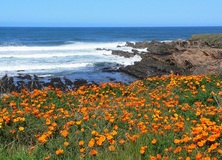 ,The northern and southern coastal regions are very different, but both are part of the California coastal region. The northern region is more mountainous and rocky with chilly water. The southern region isn't as cold and has more sandy beaches. Climate: On the northern coast, the climate is cool, but it's never cold. The average temperature is in the low 70s. On the southern coast, the climate is warm and never really gets cold. It's called the Mediterranean climate. Geographic Features: Northern Coast- The northern coast has high hills, big rocks, and narrow shores. Southern Coast- The southern coast has long sandy beaches and has rolling hills. The hills turn into mountains. They also have a number of large islands. Plants and Animals: California poppies, Camphor dune tansy, yellow sand verbena, sagebrush scrub are some plants that live in the region. There are also 80 species of wildflowers that grow in the area, as well. Dolphins, sea lions, sea otters, harbor seals, elephant seals, bobcats, gray whales, sharks, puma, and gray foxes are some of the many animals that live on the coast. Fun Facts: The California coastal region stretches 1,264 miles on the west side of California. The northern coast is also called the Redwood empire because of the redwood forests nearby. Some cities in the coastal region are San Francisco, San Diego, and Los Angeles. More than half of California's population lives in the coastal region. *Note from Miss B* It's great if you are using these blogs to help with your research. However posting comments that are inappropriate are unacceptable. Thanking the kiddos is A-okay. Students will be able to have a participating role of our website! Students will be able to practice their writing and tech skills.
Types of Blogs
|
AuthorStudents of Room 11 Archives
May 2022
Categories |
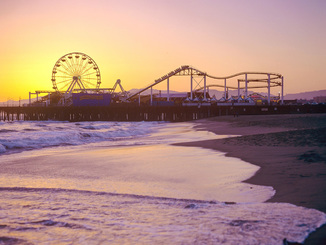
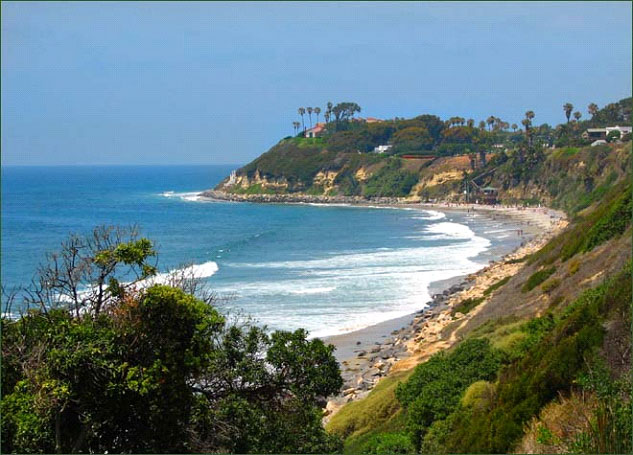
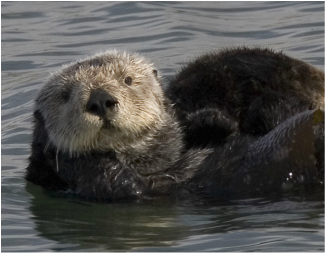
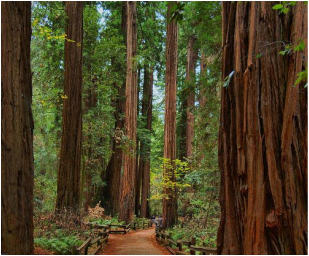
 RSS Feed
RSS Feed